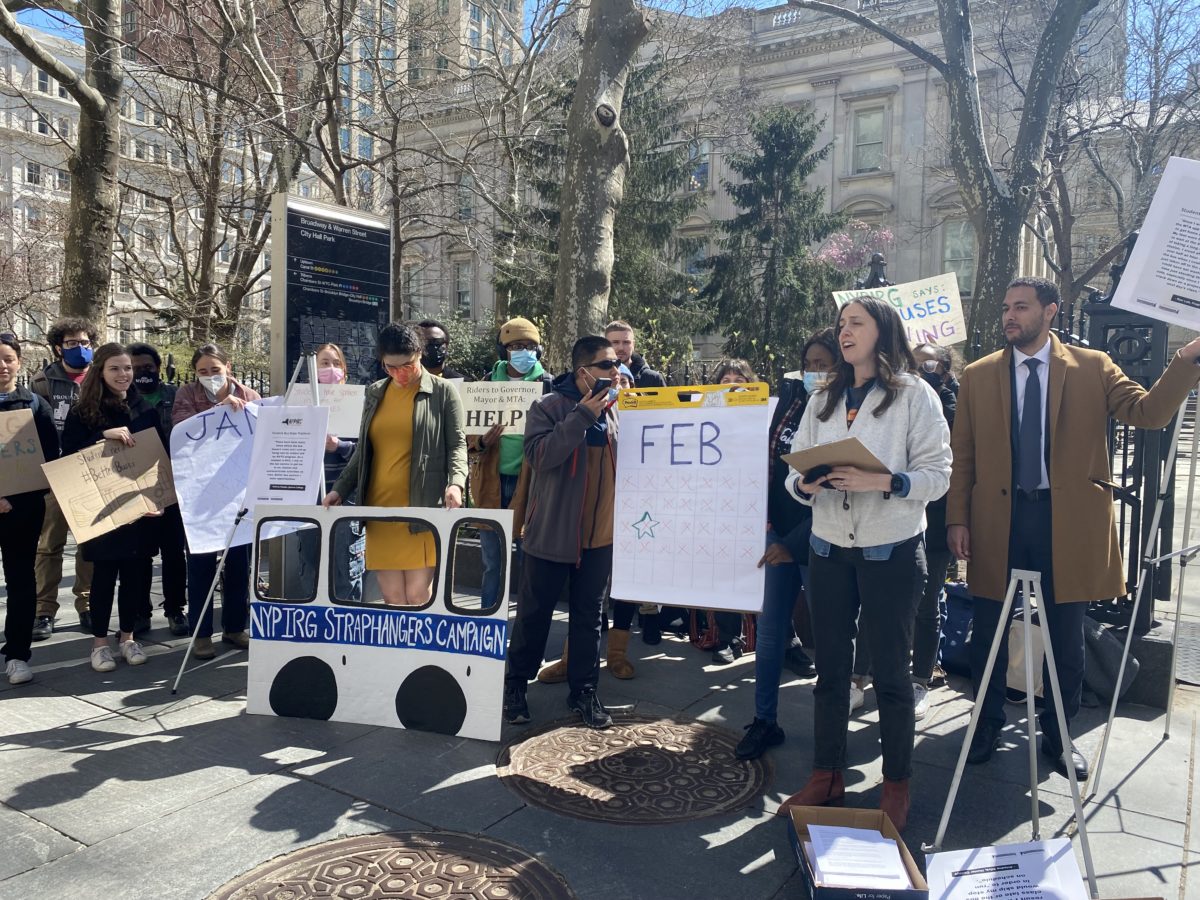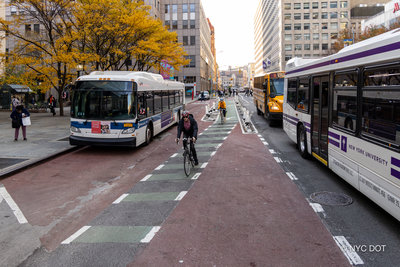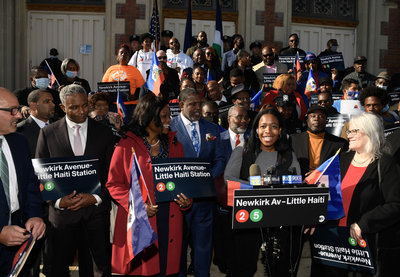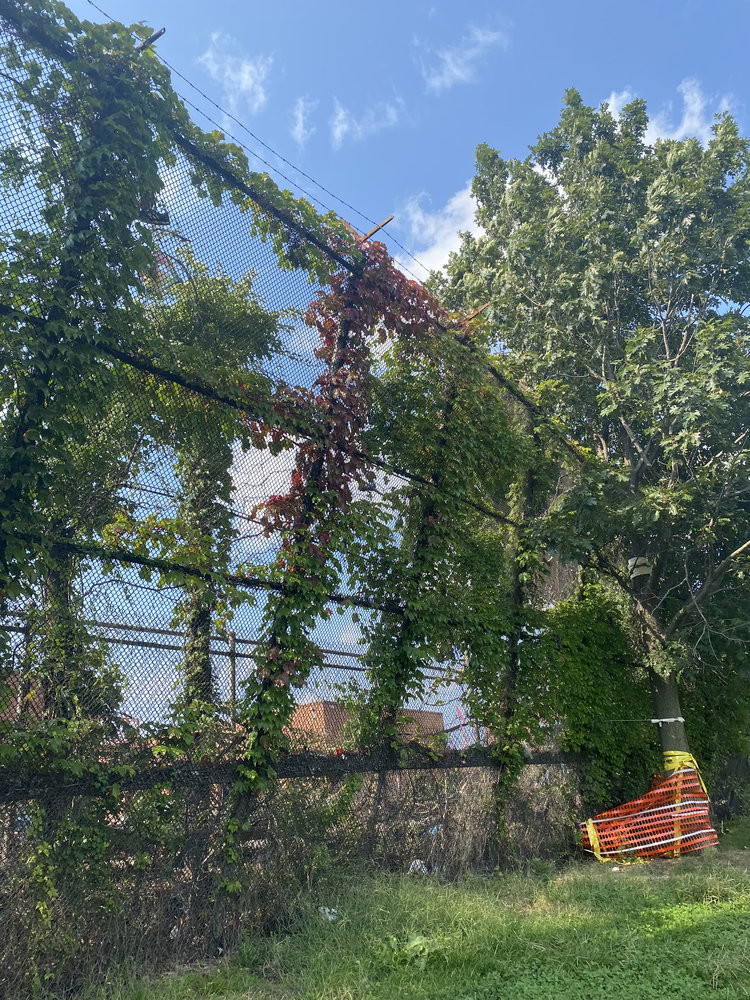Q44 SBS Lane Enforcement to begin Dec. 2
Fines beginning at $50 for drivers who block bus lane
By Alicia Venter
aventer@queensledger.com
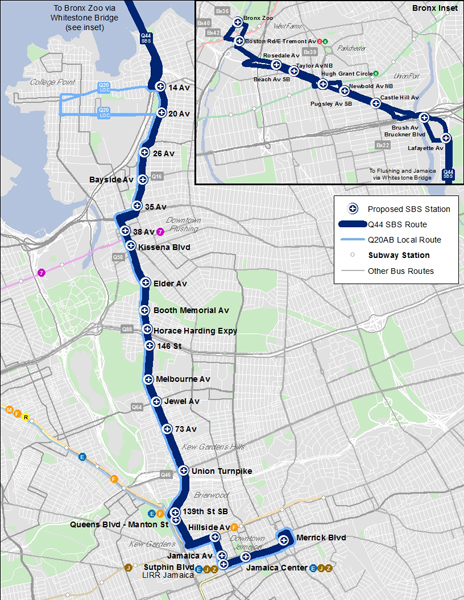
The Q44 SBS Route. Photo: MTA
The Q44 SBS Bus Lane Enforcement Warning Period ends on Dec. 2. Drivers who violate the bus lane regulations — any instance of violating the bus lane — will be issued summonses, with fines beginning at $50. Repeat offenders will face up to $250 in fines.
The DOT has issued warnings to drivers blocking the bus lane since Oct. 3, a period meant to serve as an opportunity to inform drivers of the regulations. Since the warning period began, 3,325 warnings have been issued.
“Bus lanes are for buses, period. Automated camera enforcement is a critical tool in keeping our bus lanes clear, providing faster and more reliable commutes for New Yorkers,” said New York City Department of Transportation Commissioner Ydanis Rodriguez. “As the agency that created, revitalized and made permanent the Main Street Busway in support of bus riders on the Q44 SBS and other routes in Downtown Flushing, DOT is thrilled to support the MTA’s continued expansion of bus-mounted cameras as part of our close collaboration to improve bus service across the city.”
The Q44 SBS runs from the Bronx to Jamaica, cutting through College Point, Flushing and Forest Hills. According to the MTA, it is one of the busiest routes in the MTA bus network.
The bus lane regulations will be enforced through ABLE cameras. According to the MTA, the technology will be expanded to all the boroughs and cover approximately 50% of bus lane miles across the city.
The MTA and DOT plan to expand camera enforcement to cover up to 85% of existing bus lanes by the end of 2023.
“As more and more bus lanes and busways are camera-enforced, we hope that drivers begin to change their way of thinking and avoid blocking a bus lane,” said MTA Chair and CEO Janno Lieber. “New Yorkers need drivers to comply with bus lane rules regardless of whether they are camera enforced, so err on the side of caution and avoid a ticket.”
Each bus lane corridor will have signage indicating the hours that the bus lanes are operable, and they will warn motorists that the lanes are camera-enforced.

